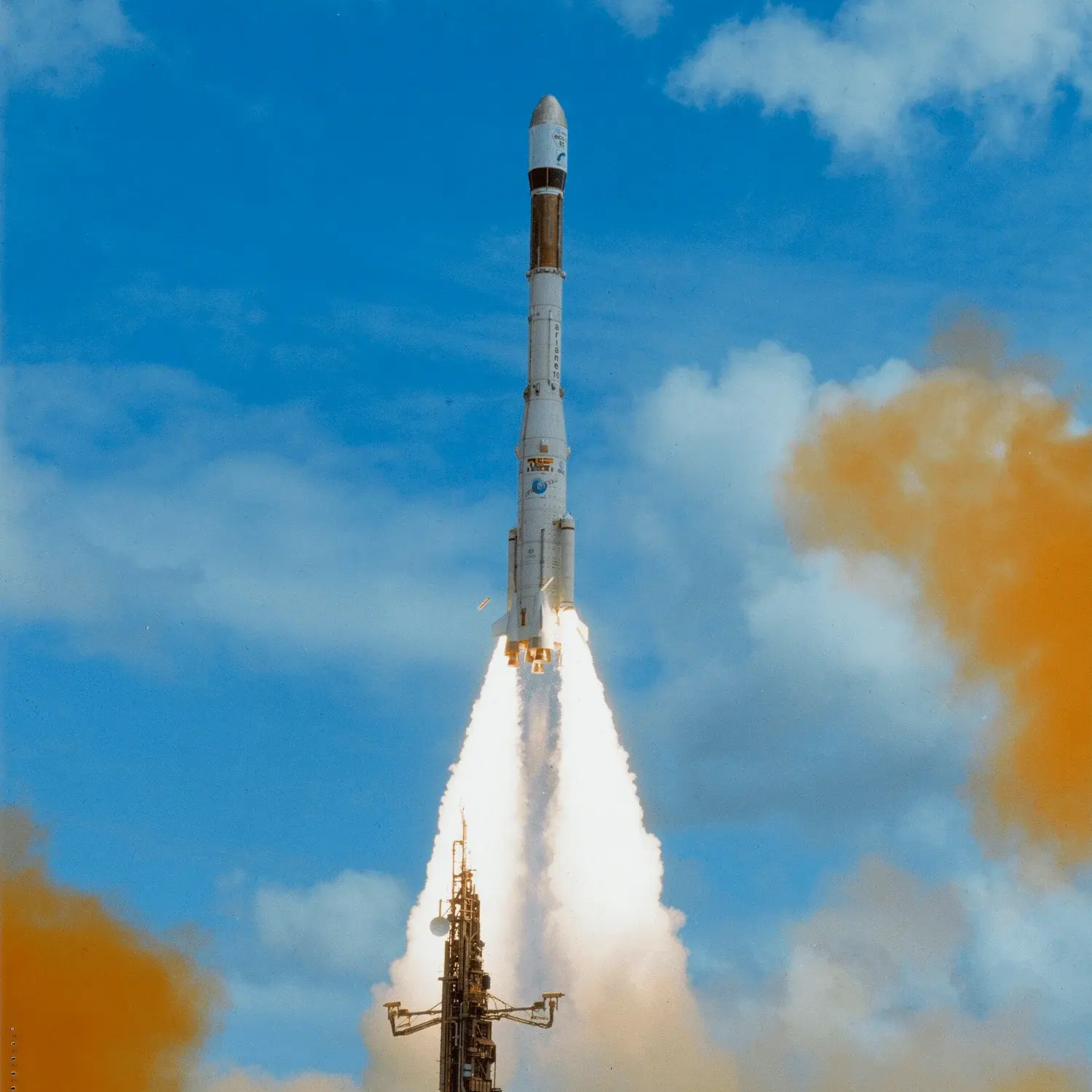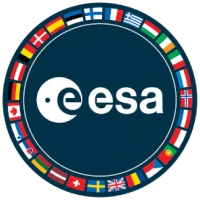GStar 5, SBS 5
Launch Success
Liftoff Time (GMT)
23:00:00
Thursday September 8, 1988
Mission Details
Launch Notes
Flight V25.
SBS 5
Headquartered in McLean, Virginia, SBS was the first of a growing list of customers to purchase the Hughes HS-376, a spin-stabilized satellite with two concentric telescoping solar panels and a folding antenna that conserve space on the launch vehicle. The SBS satellite has 10 channels with a capacity for 1250 two-way telephone conversations per channel, 10 simultaneous color television transmissions, or a combination of the two. The data rate is 480 megabits per second. The satellite's signal beam covers the continental United States, with higher gains focused on the densely populated eastern and western portions of the country. Through its solar array of K7 solar cells, which generate 19.7 milliwatts per square centimeter, the Hughes HS-376 offers SBS 1118 Watts of dc power at beginning of life during the autumnal equinox. The power level on the fourth satellite is reduced to 1078 Watts through the use of K4 3/4 solar cells in conjunction with the K7 cells. Two nickel-cadmium batteries furnish power during solar eclipses. The design mission of each satellite is 7 years.
Geostationary Transfer Orbit
1 Payload
1,117 kilograms
GStar 5
The GStar satellites form the Ku-band component of GTE's satellite fleet. The spacecraft were based on RCA's (later GE Astro's) AS-3000 three-axis stabilized bus. They featured a communication payload consisting of 16 active Ku-band transponders with 5 more as a reserve.
Geostationary Transfer Orbit
1 Payload
1,270 kilograms
Launch Site
Stats
Ariane 3
10th
Mission
3rd
Mission of 1988
European Space Agency
16th
Mission
4th
Mission of 1988
1988
85th
Orbital launch attempt

